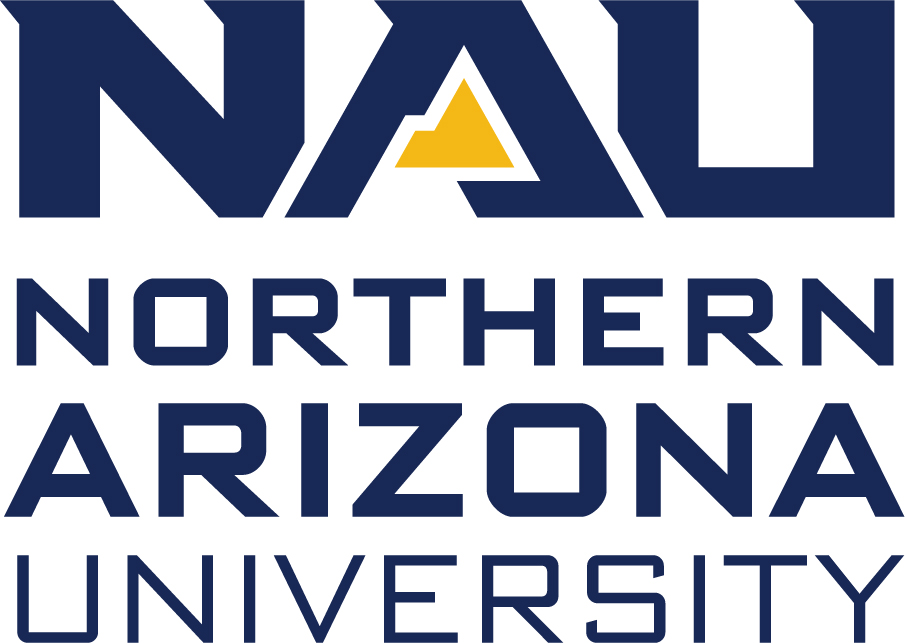Newswise — The February 15 explosion of an incoming asteroid over in the Russian Urals was a unique event. No one in modern times had ever witnessed such a display of celestial fireworks, which injured more than a thousand people from flying glass. But for the past 20 years astronomers have been studying the cosmic impact hazard, so they were prepared to react quickly to investigate this remarkable event. The first scientific report on their preliminary findings will be presented on April 14 as part of an international meeting on planetary defense.
“Gathering for Impact!”, the 2013 International Academy of Astronautics (IAA) Planetary Defense Conference, will be held in Flagstaff, Ariz., on April 15-19, on the Northern Arizona University campus. The conference brings together world experts on subjects related to planetary defense, including what we currently know about potentially threatening asteroids and comets, techniques that might be used to deflect a threatening object, and political and policy issues that might affect a decision to take action. The conference will include an exercise where participants develop civil protection and threat mitigation responses to a hypothetical threat.
Preliminary data indicate that the Chelyabinsk projectile was about 20 meters (60 feet) in diameter, or half the diameter of the famous Tunguska impact of 1908, which leveled more than a thousand square miles of forest. Both projectiles were stony fragments of asteroids. The energy of the Chelyabinsk blast was about 500 KT, or the equivalent of 40 Hiroshima-size atom bombs. It had about a tenth of the energy, and exploded about twice as high as, the Tunguska blast, thus doing much less damage on the ground.
Since this cosmic projectile exploded in daylight over a major city, there is an abundance of videos and eyewitness accounts. The explosion was also observed from space and was detected around the world by its atmospheric pressure wave. Further, the explosion produced a shower of small stones that spread over an area at least 15 km (10 miles) across. These meteorites are an important part of the evidence for what happened.
The special session on the Chelyabinsk Event and its Implications for Planetary Defense will be held at 7:30 pm on April 14, the evening before the opening of the week-long 2013 IAA Planetary Defense Conference.
The chief organizer of the special Chelyabinsk session is David Morrison of the SETI Institute in Mt. View, California. Morrison said "The explosion over Chelyabinsk was a wake-up call to the continuing threat of cosmic projectiles. We all have a long-term stake in learning about these projectiles so that someday we will have the capability to discover objects before they collide and take necessary action to prevent a disaster."
The three invited speakers and their topics are:David Kring (Lunar and Planetary Institute, Houston): A Geologic and Meteoritic Perspective of Impact Airbursts and Insights into the Chelyabinsk Event
Peter Brown (University of Western Ontario): The Chelyabinsk Airburst: A Preliminary Overview of Observations
Mark Boslough (Sandia National Lab, Albuquerque): Computational Simulations of Chelyabinsk and Tunguska Airbursts
In addition there will be other shorter papers and a concluding panel discussing the implication of this event for future efforts to protect our planet from cosmic impacts.
The conference is being hosted on the campus of Northern Arizona University. Just a short drive away is the world famous Barringer Meteor Crater, the best preserved meteor impact site in the world. Flagstaff is also home to Lowell Observatory, where Pluto was discovered in 1930. Flagstaff is a mountain town surrounded by national forests and is close to the Grand Canyon and many other natural wonders. NAU has a high-research status, and is a leader in sustainability, science, business, green building, and cultural arts. Empowered by the Arizona Board of Regents to provide educational opportunities statewide, the university now serves approximately 25,000 students at the Flagstaff campus, offering nearly 150 combined undergraduate and graduate degree programs.
The International Academy of Astronautics is an independent organization of distinguished individuals elected by their peers for their outstanding contributions to astronautics and the exploration of space. The IAA publishes independent studies and book series. The IAA has published in 2009 a 140-page study titled: “Dealing with the Threat to Earth from Asteroids and Comets” (available at https://shop.iaaweb.org/). Although the IAA has many connections to other similar organizations, it is distinctive as the only international academy of elected members in broad area of astronautics and space. IAA membership consists of individuals who have distinguished themselves in one of the fields of astronautics or one of the branches of science of fundamental importance for the exploration of space.
